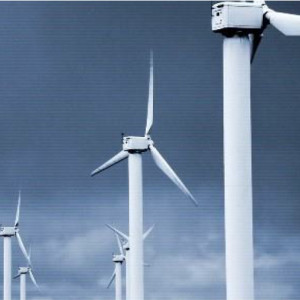 \
&
Contact us
\
&
Contact us
 \
&
Contact us
\
&
Contact us
The New European Bauhaus is a creative and interdisciplinary initiative that connects the European Green Deal to our living spaces and experiences.
The New European Bauhaus initiative calls on all of us to imagine and build together a sustainable and inclusive future that is beautiful for our eyes, minds, and souls. Beautiful are the places, practices, and experiences that are:
This initiative also wants to create a new community and movement in the European Union by bringing citizens, experts, businesses, and institutions together to reimagine sustainable living in Europe and beyond.
From 2025 onwards the New European Bauhaus is set to have its first-ever multiannual funding tool, the New European Bauhaus Facility, that aims to revitalise neighbourhoods through design for sustainability and inclusion. It is a cross-cutting tool that combines different funding instruments of the Commission and covers the full cycle of implementation of solutions – from research and innovation to deployment – through its two components:

manhei.to@fwo.be
+32 2 550 15 55
Find the contact info on the site of WEWIS
The National Contact Points (NCPs) provide support, guidance, and practical information to potential applicants, helping them navigate funding opportunities and application processes.
The Programme Committee (PC) members represent their country in decision-making about the work programmes, evaluate implementation, and provide strategic input on priorities and calls.
MSCA Research Infrastructures Health Culture and society
On 14 May, the Horizon Europe Main Work Programme 2025 and the amendment to the Horizon Europe Work Programme 2023-2025 were adopted and published on the European Commission Funding & Tender portal. The Work Programmes can be found under reference documents at the Funding & Tender Portal (the files of the Main Work Programme with publ... read more
MSCA Research Infrastructures Health Culture and society
The programme committee configurations gave a positive opinion on the work programme 2025. Thus, the draft texts of the Horizon Europe ‘main’ work programme 2025 and the amendment of the Horizon Europe ‘main’ work programme 2023-2025 have been pre-published. They are available on the Commission's Horizon Europe work pro... read more
Infosheets contain edited content on aspects related to this programme. They are reviewed at least yearly.
Related links are easy pointers towards external information. We curate the list, but are not liable for the destinations.
Documents contain additional information related to this programme, and are similar to related links.

ChemStream is an innovative chemical R&D company, specialized in translating material problems in sustainable formulations with focus on nano-dispersions, functional coatings and inkjet inks. Within LORCENIS they will develop super absorbing polymers (SAPs) to be mixed within the concrete matrices for improving the active internal curing, self-healing and self-sealing properties of the concrete. Grindig SAPs.
ChemStream bvba and Ghent University are involved in Horizon 2020-project for developing long lasting reinforced concrete for energy infrastructures.